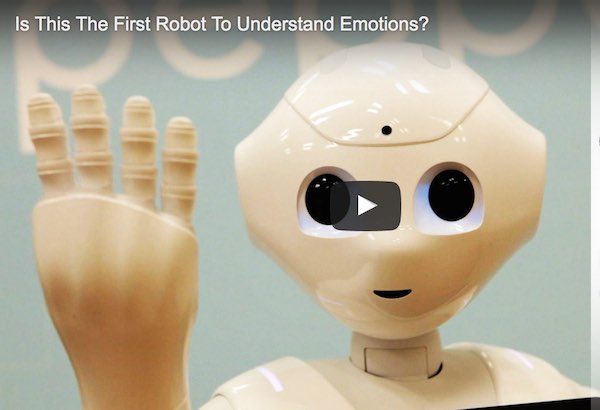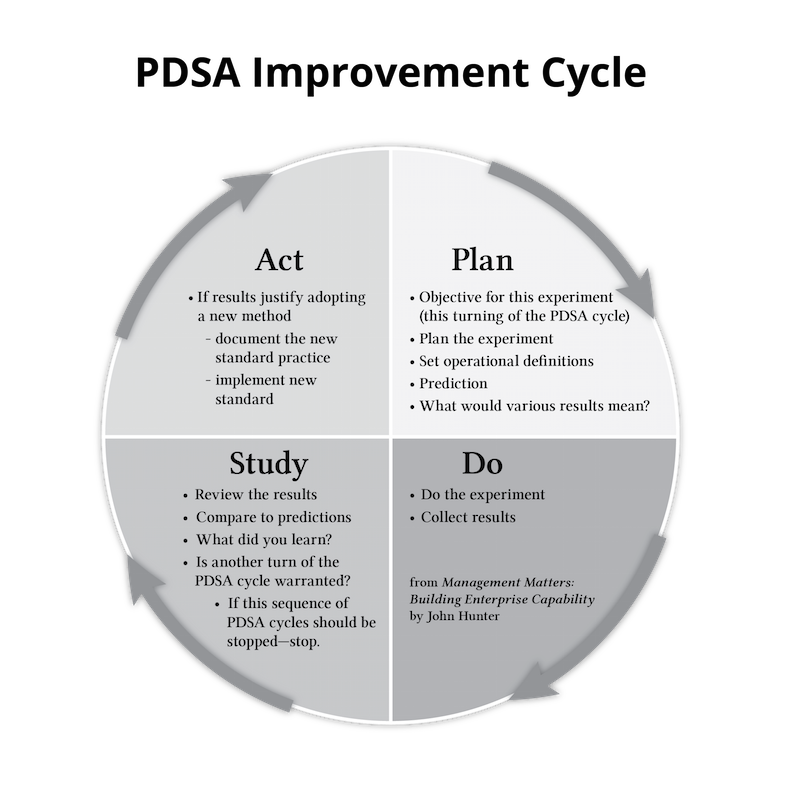I believe we have reached a turning point in the usefulness and effectiveness of industrial robots. For several decades it was pretty easy to predict wholesale adoption of “the robots will save us” mantra would be followed by failure. I still strongly believe Toyota’s method (thoughtful use of robotics to enhance people is the best strategy). But the ease of using robots to succeed in the long term is much easier today than 10 years ago.
Robot-first strategies are going to be succeeding quite a bit going forward. Those efforts will not be good enough when competing with companies using the best strategy well (but that will be rare).
I wrote some about this some previously: Technological innovation brings great opportunity for improving results and our quality of life. But transforming potential benefits into real results comes with many challenges…
Essentially I see people today too dismissive of the usefulness of robots in business. And they have past examples to point to in showing how a large commitment to robot-first failed. It isn’t that today robot-first is the best strategy, but I do believe the real world conditions have improved to make the blanket assumption that such efforts will fail as unwise.
A big part of this is that while we can simplify the argument to “robot first” or “robots helping people” it really isn’t that simple. There are many reasons why today the conditions are different than they have been. Technological and software improvements are a big part of that.
But also there is more thoughtful consideration of the advantages Toyota’s management philosophy brings. Sadly not enough, but still companies are better today at thinking and acting as if their employees have brains than they were 30 years ago. Granted there is still a long way to go, but still progress has been made it seems to me at the macro level. Many companies that are not doing as well creating systems that maximize the benefits available from using the minds of every employee as those reading this blog would hope are still doing better in that vein than was true 30 years ago.
Certainly many people today understand the vast benefits provided by industrial robots. There is reason to worry about the risks of organizations hopeful that just installing industrial robots will fix all their problems.
Industrial robots are the most advanced application of robots in business today but they are still far from plug and play solutions. They require skilled experts to have them work effectively; but the capabilities and usability have greatly increased over the last 20 years. Respect for people (and all that entails about the management system) is an important part of creating a management system to have the most success integrating robots.
We refer to industrial “robots” for machines that do jobs people used to perform in plants, but those robots are nothing like what we think of robots as a stand alone concept. In the last 20 years industrial robots have become much more “thoughtful” and have gained software that makes them seem more like “robots” in the sense that they are more than just a machine. But they still look nothing like robots. Autonomous cars look nothing like our C3PO vision of robots (androids) but are in many ways pretty robot-like (making many decisions and likely conversing with us in ways approaching out C3PO vision.
Interactive speakers (like Alexa) exhibit some of the characteristics of robots but again look nothing like our vision of them in our mind. The next 5 years will see an explosion in the use of machines much closer to our vision of robots (like the Pepper robot shown above). Smart phones already perform many aspects of the 1960s view of how robots would be making our lives easier. And small vacuums take on that specific cleaning task (without the ascetics of an android pushing a vacuum cleaner but ticking off that feature for robots to perform for us).
The ability of us to create technological solutions to accomplish tasks that required people has exploded in the last 20 years and will continue to. Lawyers are finding much of what they do can be done by a computer. Much, doesn’t mean all, obviously. Search and rescue in disaster areas is another task that robots are playing an increasing role in; and the use of robots will likely continue to grow quickly. Technology is taking over many aspects of medical care that were not long ago seen as requiring highly trained and experience medical professionals (reading scans, diagnosing illness…).
Continue reading →











